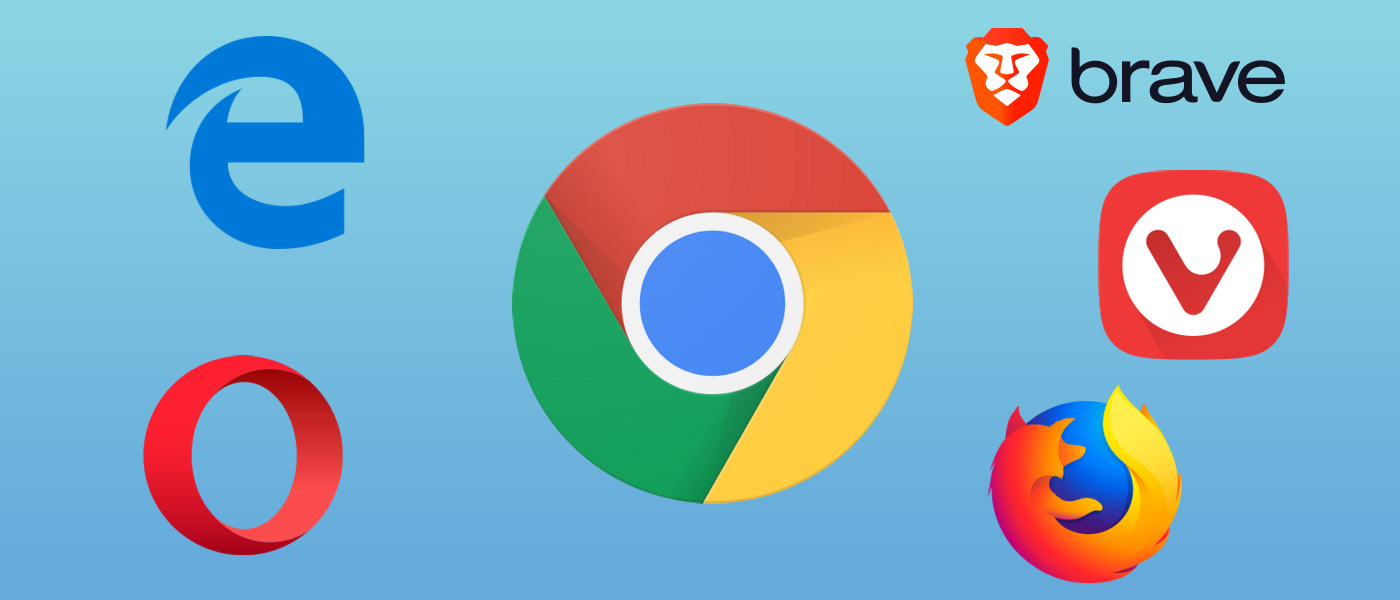How to test development versions of web browsers? And why do it?
- December 22, 2023
- 0
Web browsers have been around for a while one of the most used applications by many users. The spread of web services, the huge amount of information that
Web browsers have been around for a while one of the most used applications by many users. The spread of web services, the huge amount of information that

Web browsers have been around for a while one of the most used applications by many users. The spread of web services, the huge amount of information that we can find, the universality of their approach… in short, there are many reasons that caused web browsers to move from the center to other applications that at that time were the most used daily by ordinary users.
Because we are talking about a type of application that plays a key role in many people’s daily lives (and I’m writing this, of course, through a web browser), the important thing is that they offer practically absolute reliability, that they are indisputably stable, and that’s why we can trust them and that they don’t screw us up. the least expected moment. Now, this is not as simple as it may seem, and for an important reason.
The development of web browsers is fast and continuous, which means tight development cycles in time, restrictions on the performance of all tests that would be necessary and the like. The competition to grow market share pushes responsible companies to step on the gas to the maximum, mainly to add new features and improvements before the competition, but of course without giving up the aforementioned reliability, which is a key factor.
So the companies responsible for web browsers got a sensational idea to significantly increase their ability to evaluate development versions: to allow users who wish to participate in said process. This allows them to expand the scope of their testing program far beyond what they could take on with their own resources, and they do so by engaging the community, which can provide them with truly valuable feedback.

This is of course a big question, because the answer to it allows for extremely diverse approaches. Thus we find people who, on principle, refuse to “work” for free for the companies responsible for web browsers with the functions they are supposed to perform. Meanwhile, at the other extreme we have the most enthusiastic, who are more than mere mortals happy to try, features and news to come.
Personally, although without going to extremes, I am one of those who often test development versions of browsers. Granted, I do this at least partially for work, finding and capturing new features that are relevant enough to report on, but I won’t deny that there’s a personal component, because even though I’ve spent decades dedicated to this technology and even in times of certain boredom I still enjoy these things.
So they are two main reasons why I think the development versions are worth a try web browsers: curiosity and contribution. The first is self-explanatory and quite widespread (the interest in the beta version is accredited, for example, by the practically absolute impossibility of gaining access to the WhatsApp beta test program for Android, which I have been trying unsuccessfully for a long time).
The latter is a vastly more personal assessment, but I think so be able to contribute to the improvement of the application, even more so in one of this type, so important to so many users, adds a grain of sand to an important task. Obviously, companies need to have and maintain professional testing teams, that’s for sure, but it expands their reach beta testers Volunteers generally seem like a pretty defensible practice to me.

A trial version is by definition not entirely reliable version. And this may seem like the truth, yes, but over the years I have seen many (really many) cases of users with very diverse profiles, development versions of applications, services and even operating systems for use, which should be listed. , in final versions (also called “production”). And yes, when I say I’ve seen many people do this, I include myself in that list.
So it is very clear to me both from my own experience and from third parties that there are uses and uses and that not all of them are recommended when we are talking about web browsers in their development versions. And even if common sense has certainly already guided you on the right path in this regard, it won’t hurt to review them briefly:
As I indicated earlier, you’ll see that common sense will tell you when to use the beta and when not to.
Some browsers only have a beta version, but others have several in various stages of development. Therefore, it is important to consider the differences between them when choosing which one (or ones) to try. In addition, depending on the browser, versions can be identified with different nomenclature (in the case of Microsoft Edge, we are not talking about versions, but about channels, as in the Windows Insiders program).
In all cases where we find more than one version that is not stable, we will see the same model reproduced: the most unstable is the latest, generally the one that is updated the most, and of course, it is also the first where new features usually arrive. The relationship between novelty and stability is always inversely proportional..
However, the important aspect is that as a general rule It is possible to have both a production version (stable) and one or more development versions installed at the same time.. Therefore, if you are curious about the differences between development stages, there is nothing stopping you from having them all in your system.

In the case of Google Chrome, we can find three versions of the browser in addition to the stable one:

Now let’s go with Microsoft Edge, which shares some nomenclature with Google’s browser, in this area as well. In this case, yes, the three development versions are limited to the browser, not the technologies supported for the web.
All three versions can be found at this link.

When we talk about Mozilla Firefox, we find something that we could call a “mix” of what we see in the two previous browsers. These three versions are available:
All three versions can be found at this link.

Opera is currently transitioning to Opera One, a process announced in April of this year that became a reality two months later in June. but it will still take some time to complete. This of course explains the two test versions of this browser that we can find:
You can download both versions from this link.

In the case of Brave, a browser that is particularly highly rated by users who are most concerned about privacy, we find two versions to check what comes next.

The Vivaldi community is not particularly large, but its users are always quite happy with their browser. In this case, yes, we find a more modest proposal than we have seen before, with only one type of option in this sense.
Source: Muy Computer
Donald Salinas is an experienced automobile journalist and writer for Div Bracket. He brings his readers the latest news and developments from the world of automobiles, offering a unique and knowledgeable perspective on the latest trends and innovations in the automotive industry.